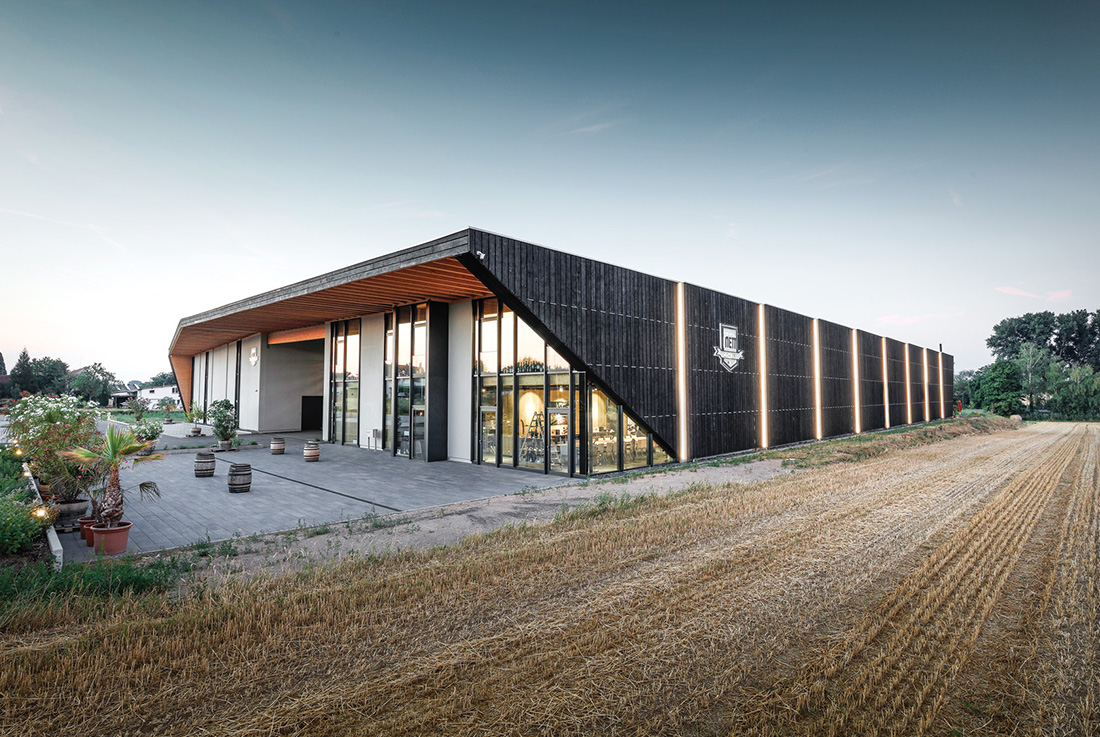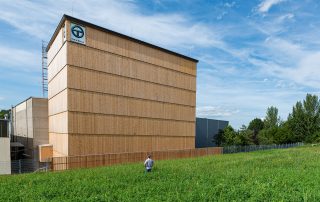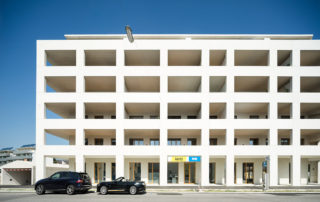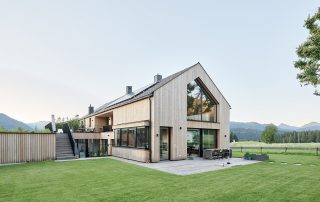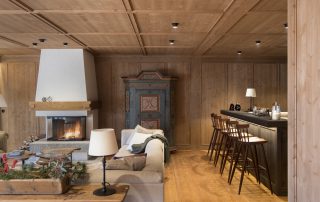Wine functionalism
The Nett Winery, situated in Germany’s Pfalz wine region, is a contemporary masterpiece that exudes lightness, modernity, generosity, and minimalism. The building is both representative and spacious, consisting of two elongated halls and a covered passage. Its design resembles a geometric ray poised to unfurl across the landscape. Inside, the winery boasts an expansive area of nearly 4,500 m², where the wine ripens to perfection.
The aspiration for the highest quality of wine production presented a unique challenge: creating an entirely new structure that seamlessly integrates all aspects of production, while also housing a shop, tasting room, storage, offices, and living spaces that align with the family’s expectations.
A Fusion of Cultures
The primary structure of the winery is constructed with timber frames, and prefabricated exterior wood walls safeguard the wine from extreme temperature fluctuations. The protective shell is composed of robust charred wood panels, employing the traditional Japanese Shou-Sugi-Ban technique, lending the building a striking and unexpected aesthetic appeal.
In the interior, pumice concrete walls serve as thermal storage, absorbing humidity and contributing to the winery’s sustainability. To infuse the building’s interior with natural light and fresh air, striking angled skylights grace the roof. The design evokes the spirit of a contemporary Japanese tea house, seamlessly merged with the design language of early Viennese modernism.
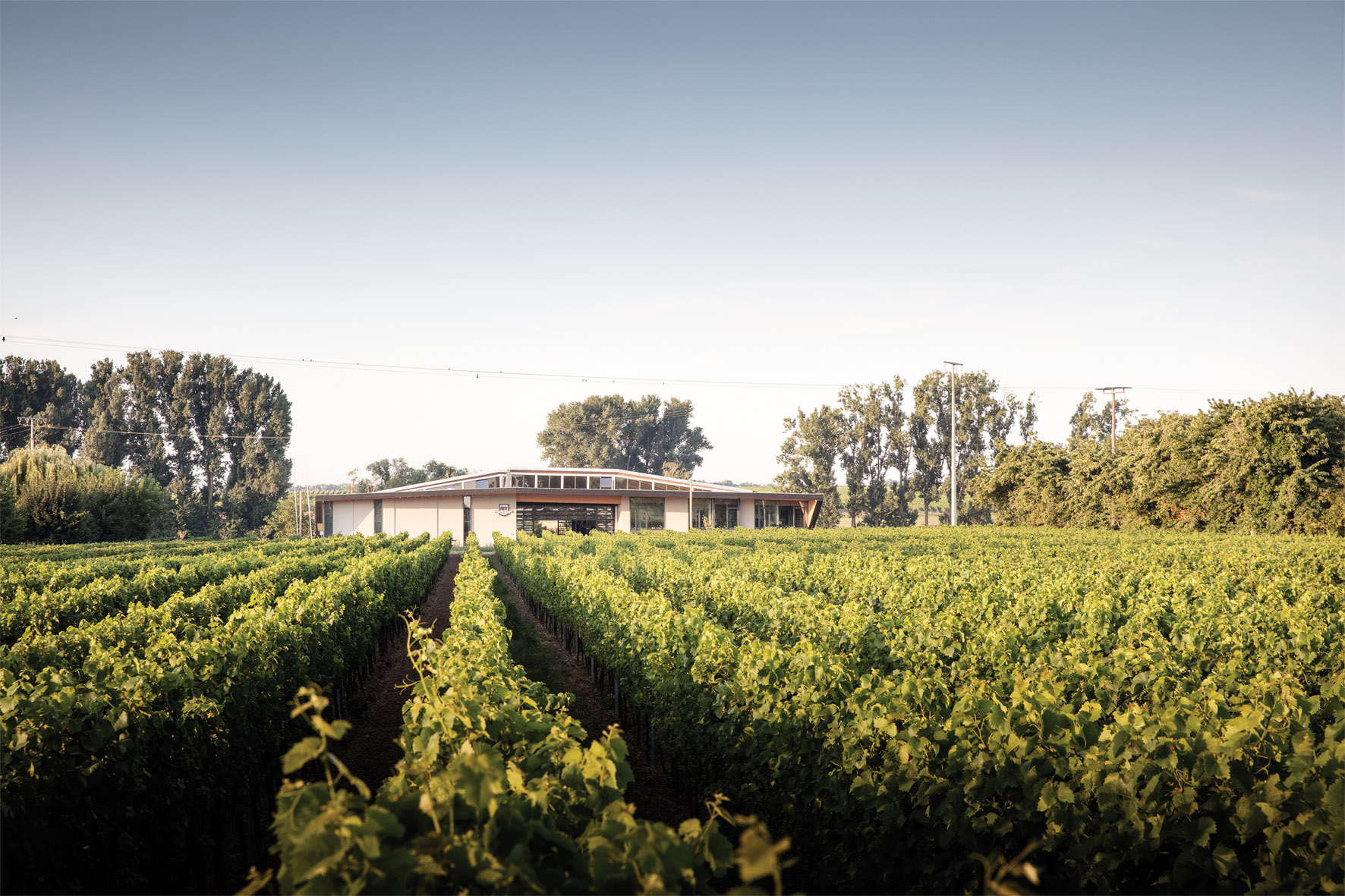
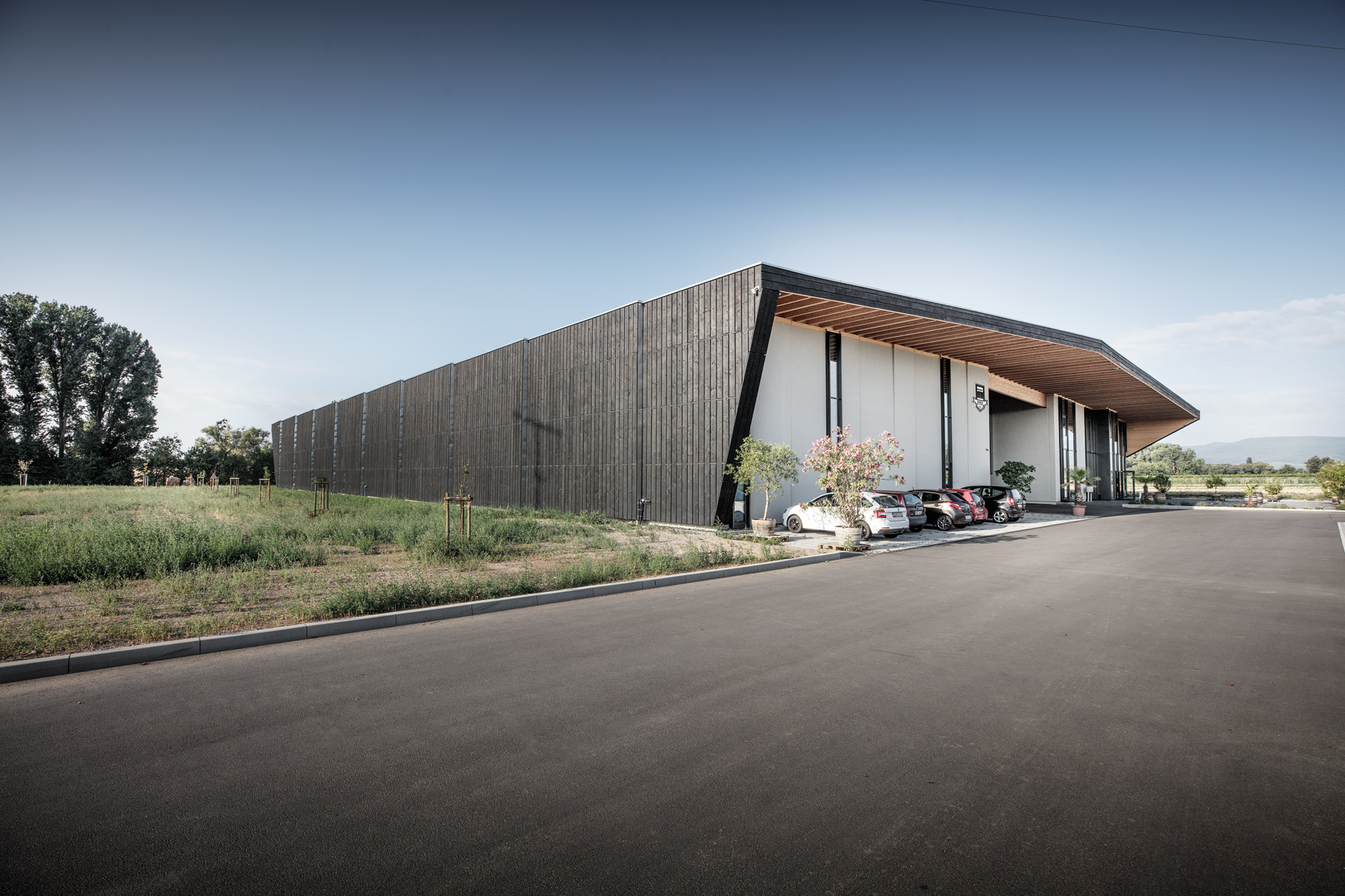
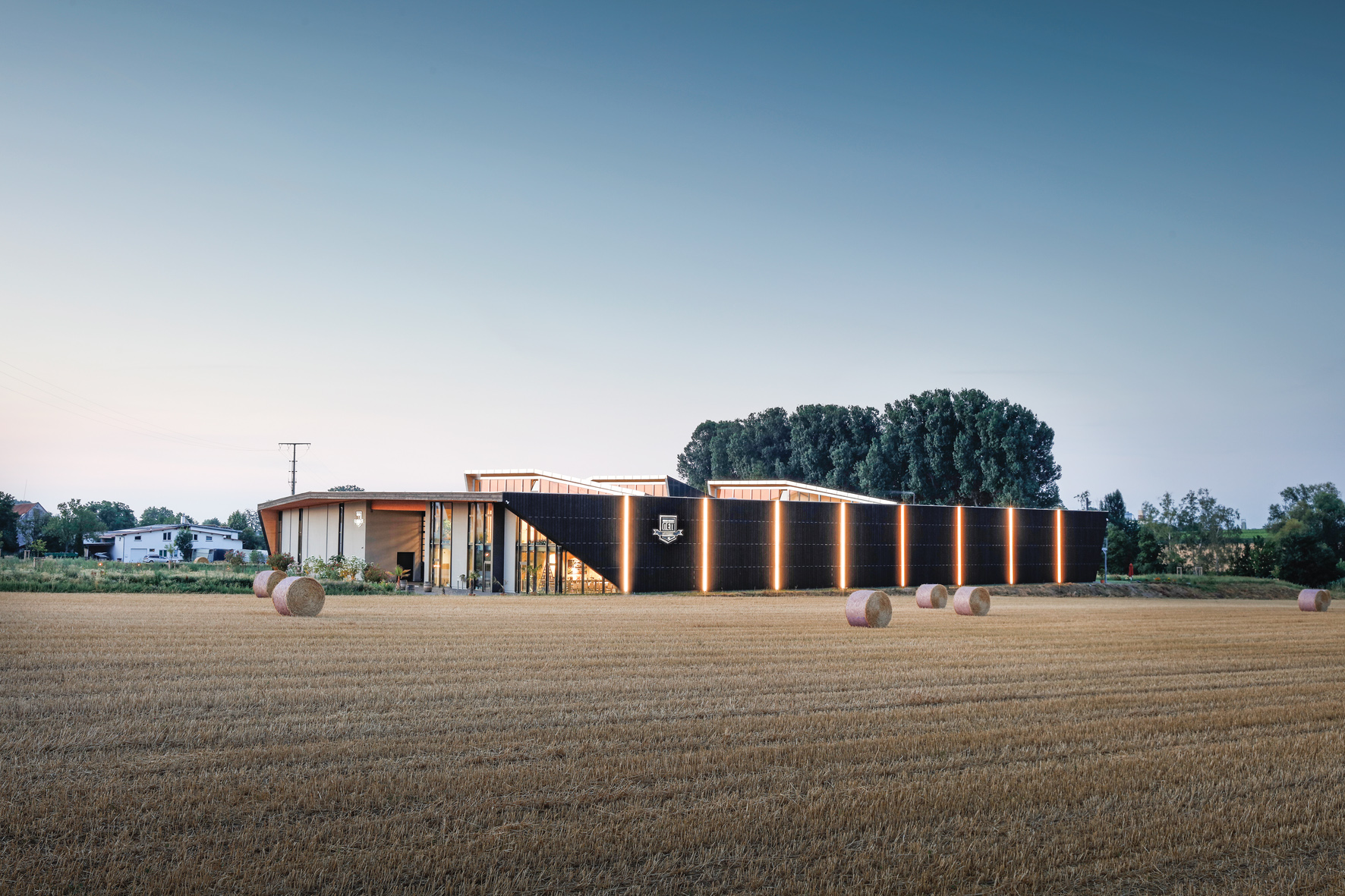
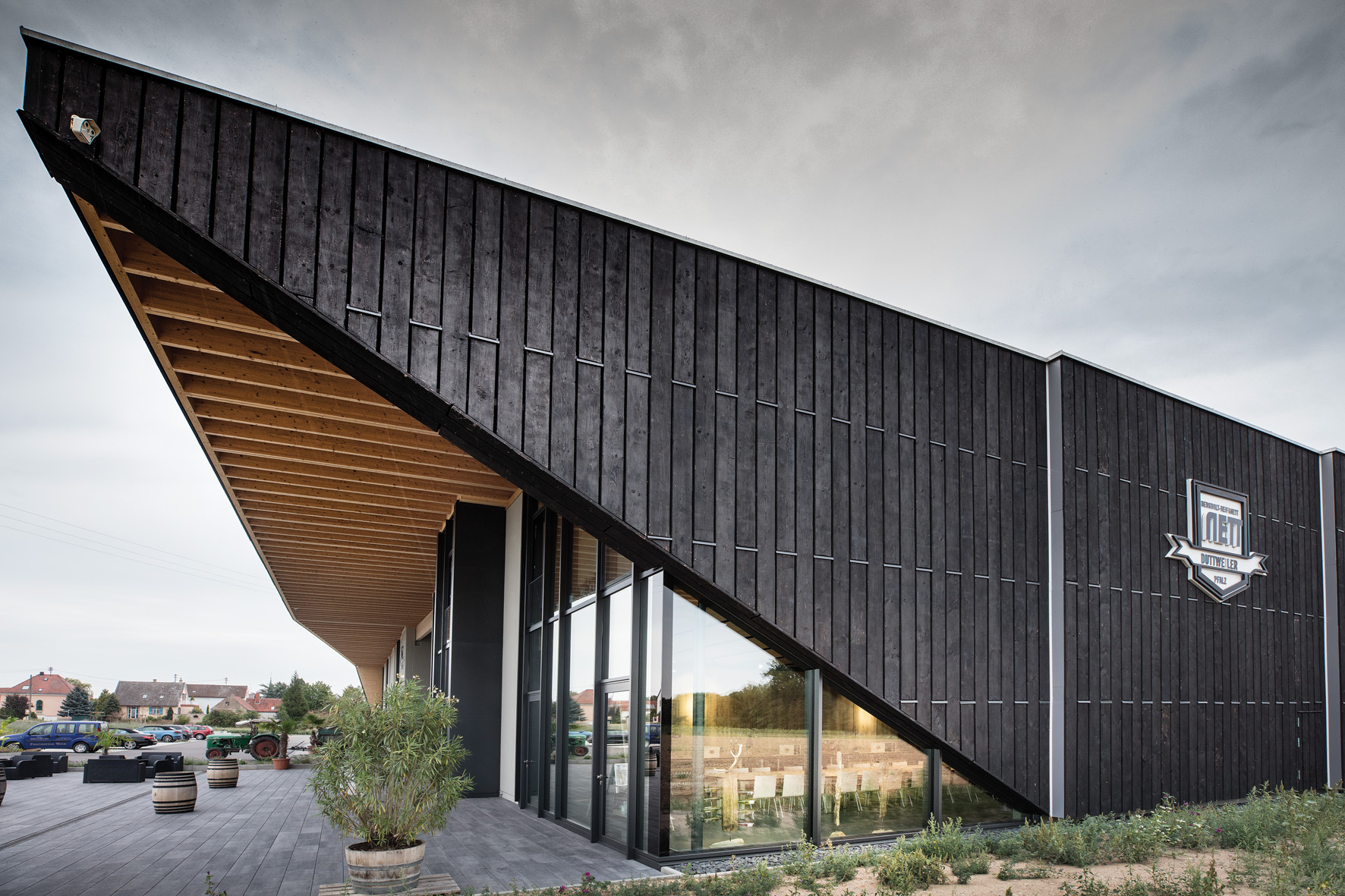
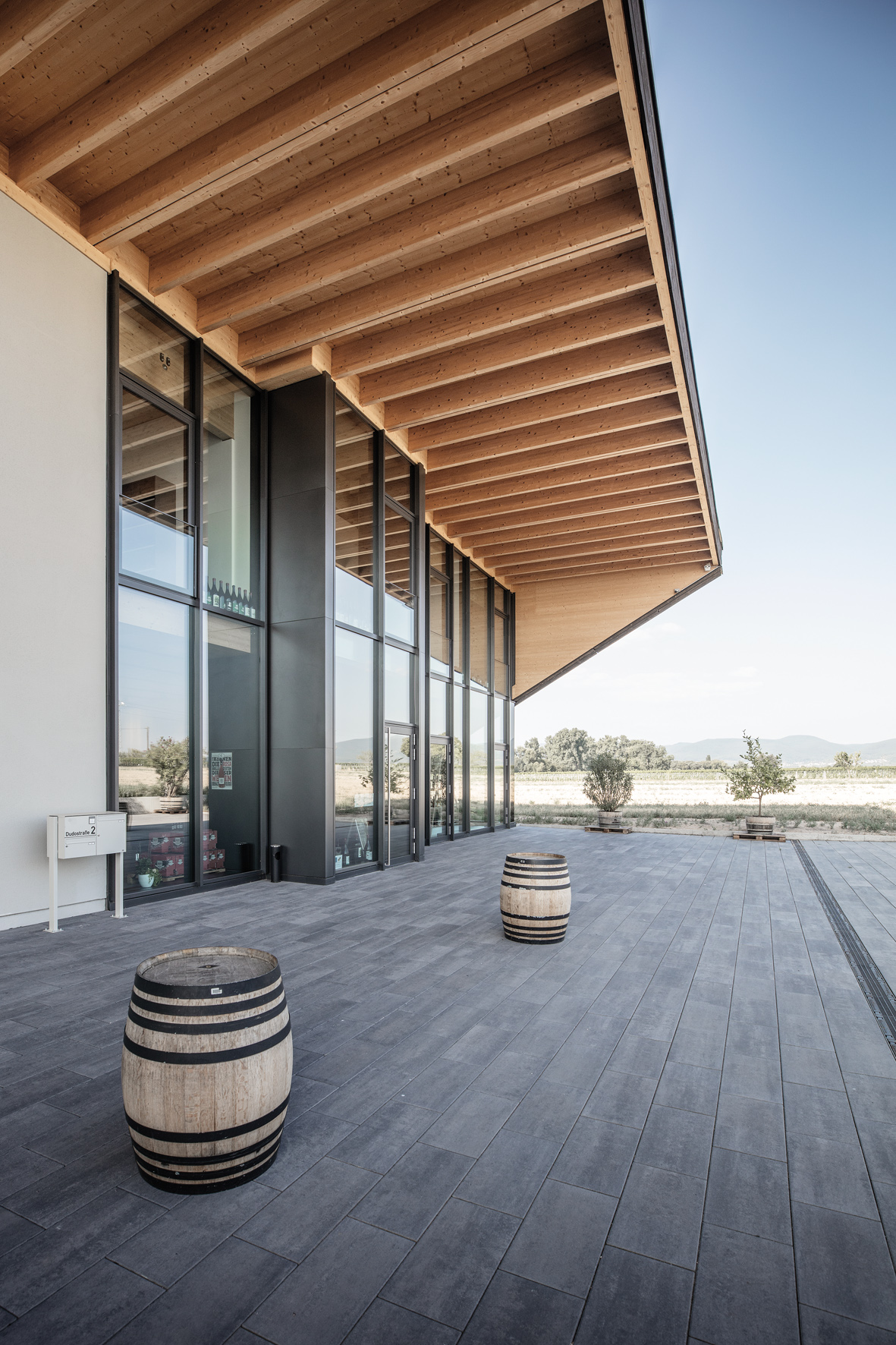
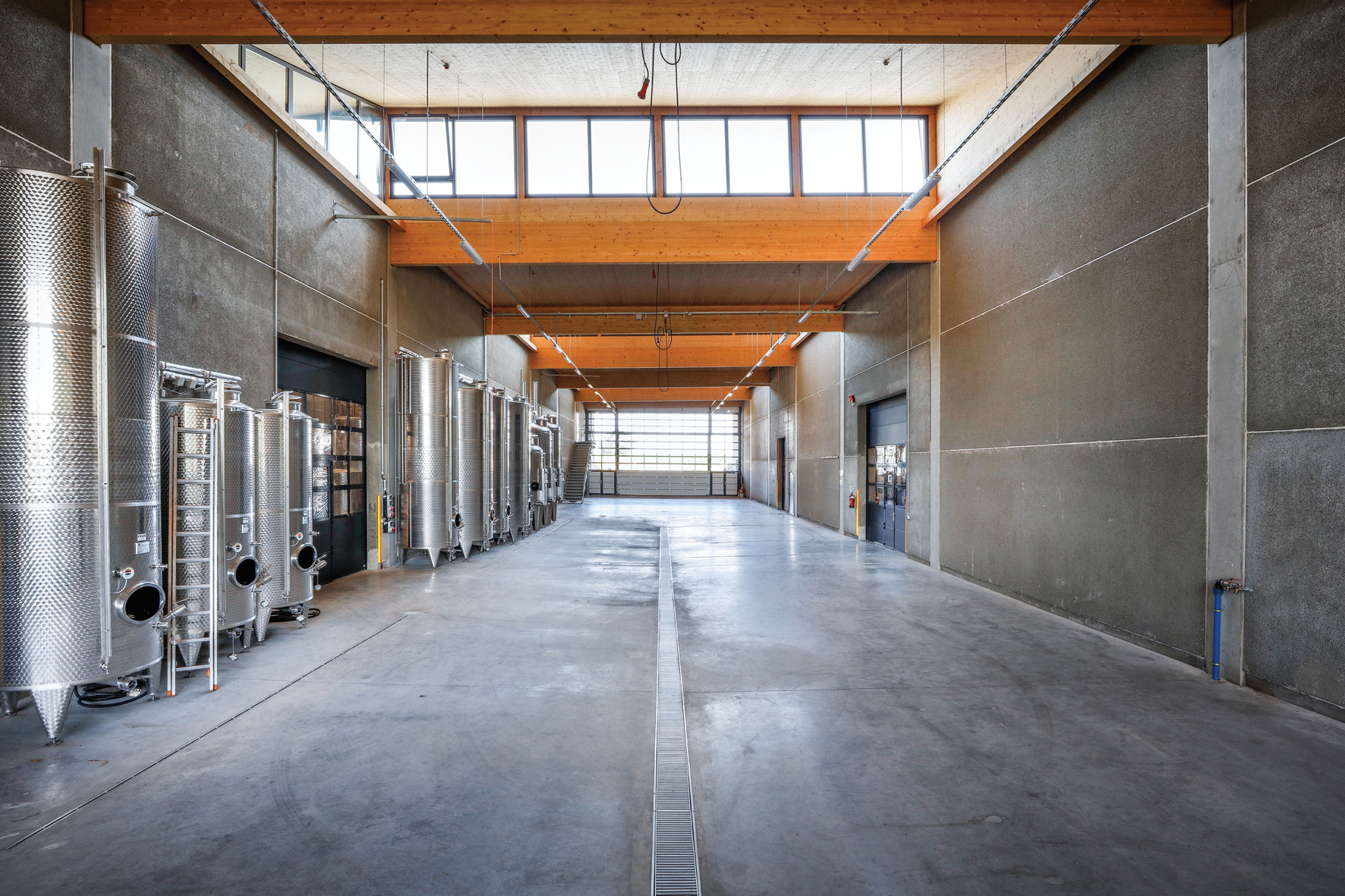
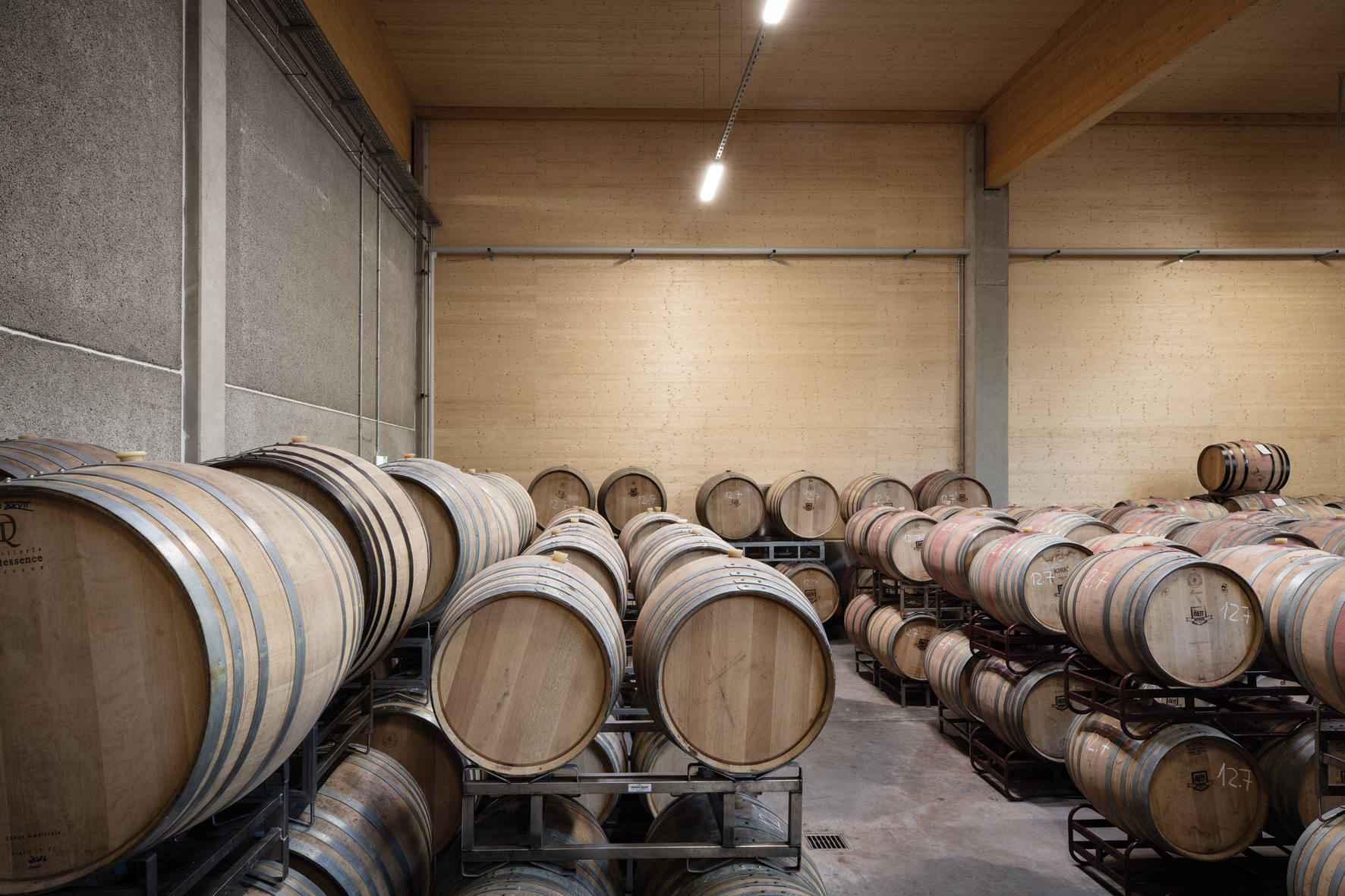
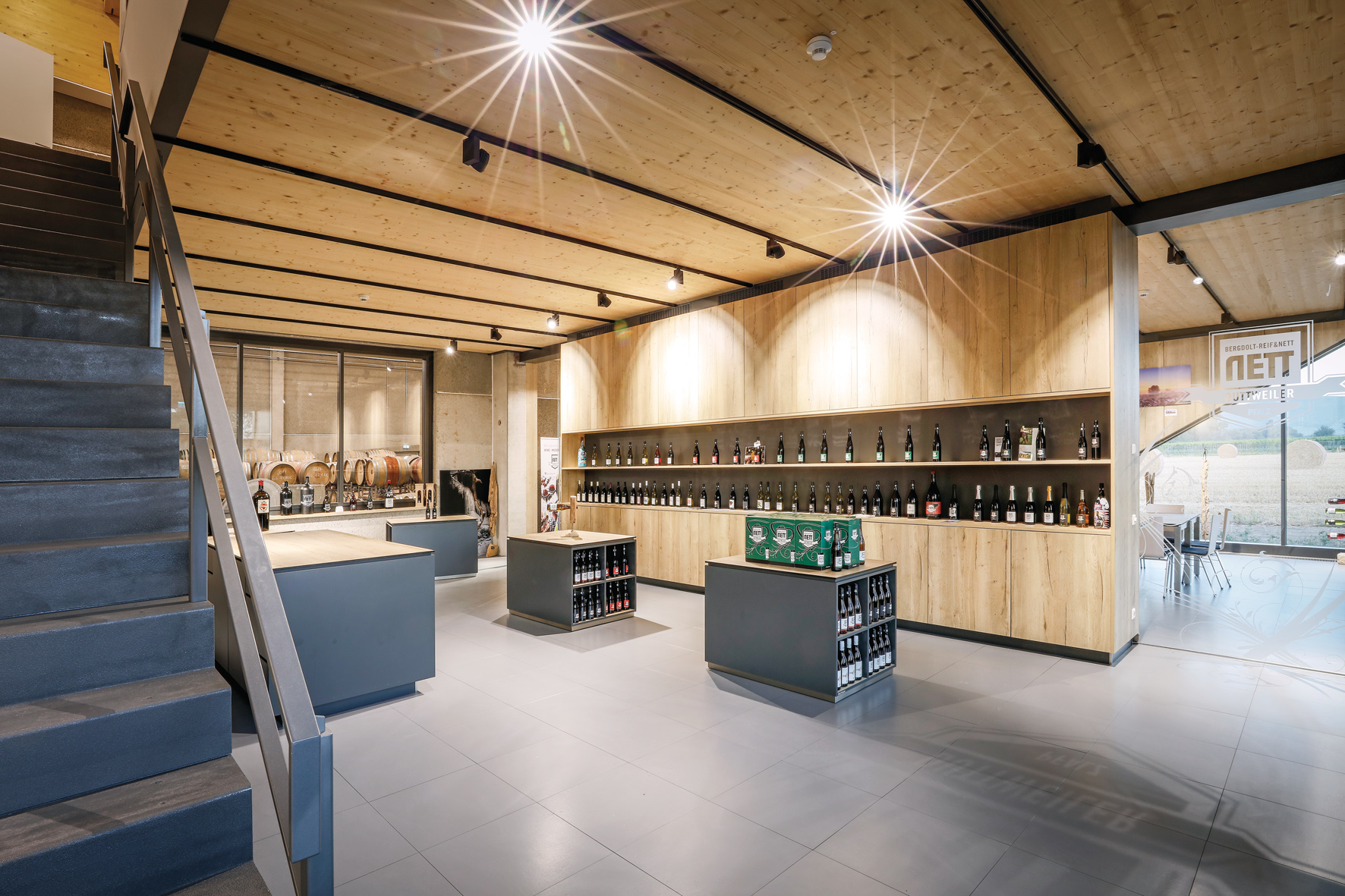
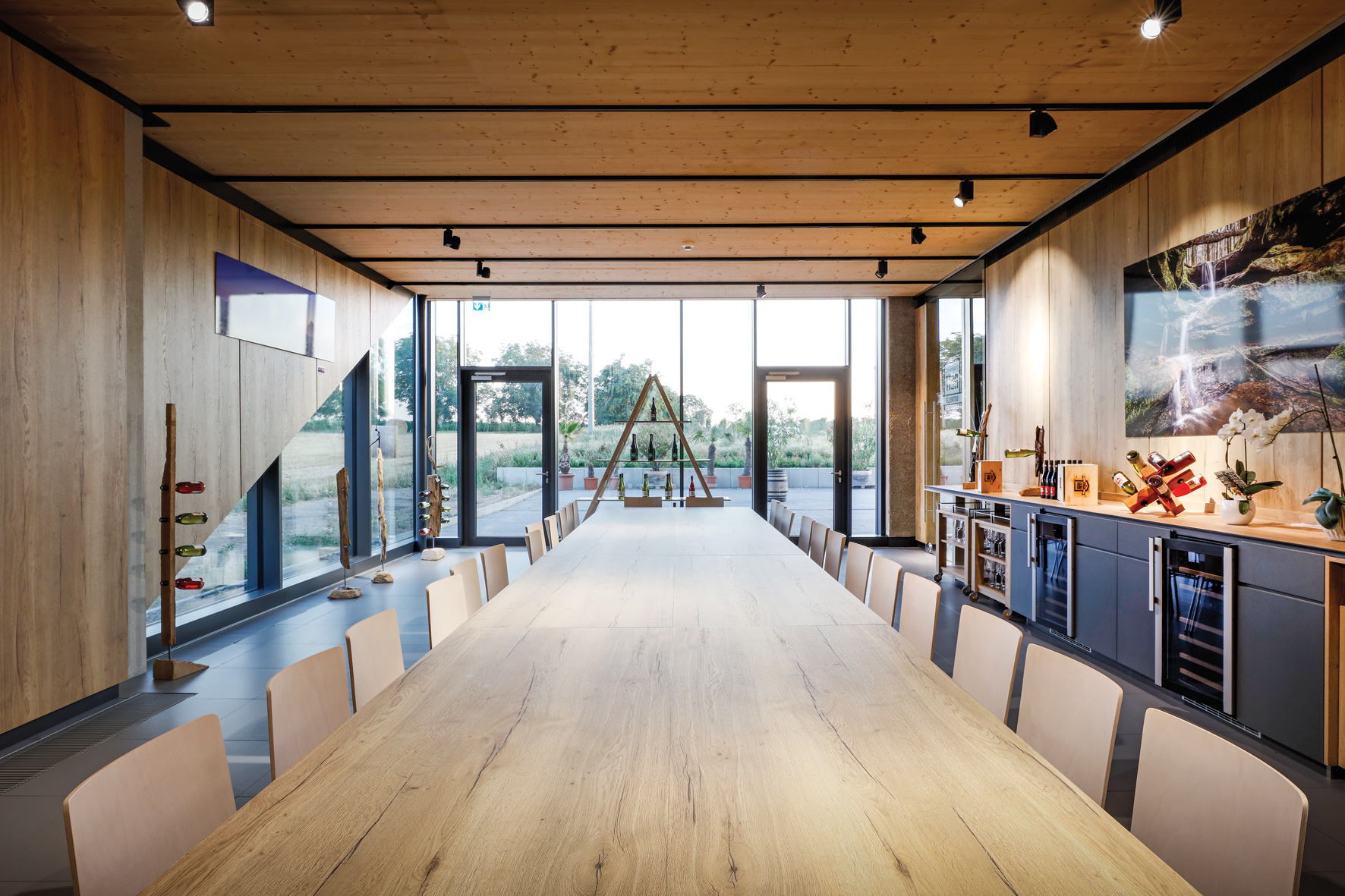
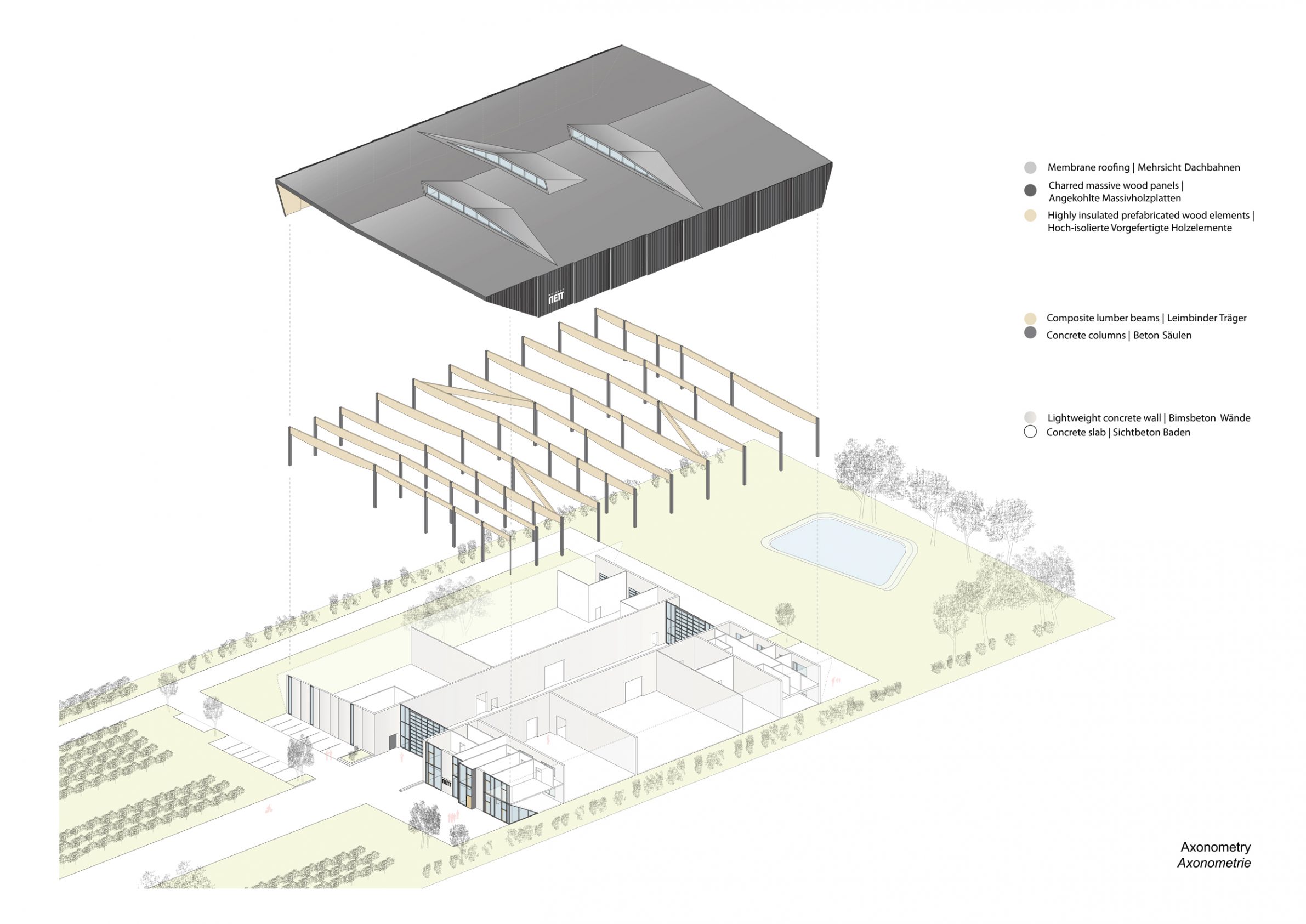
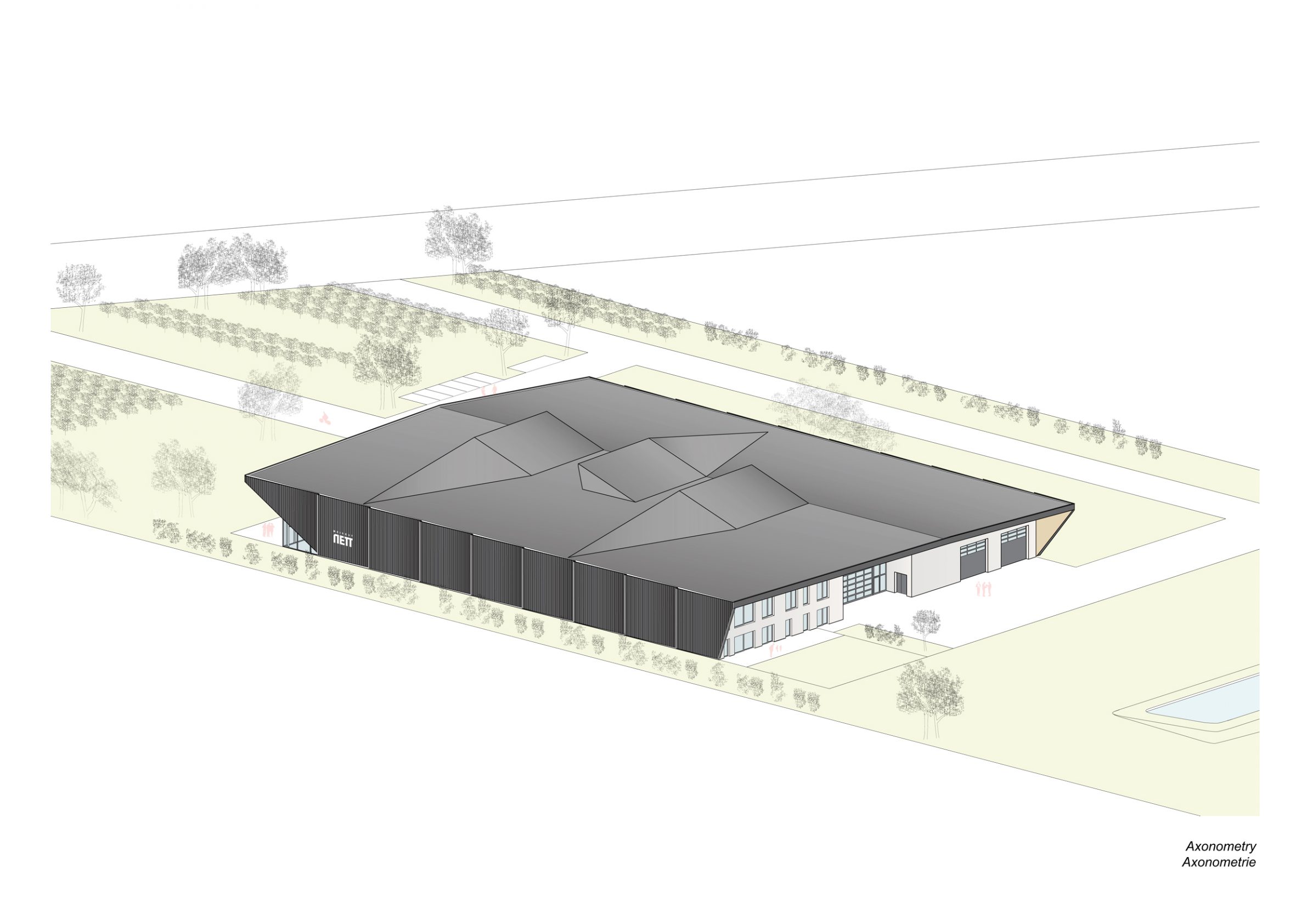
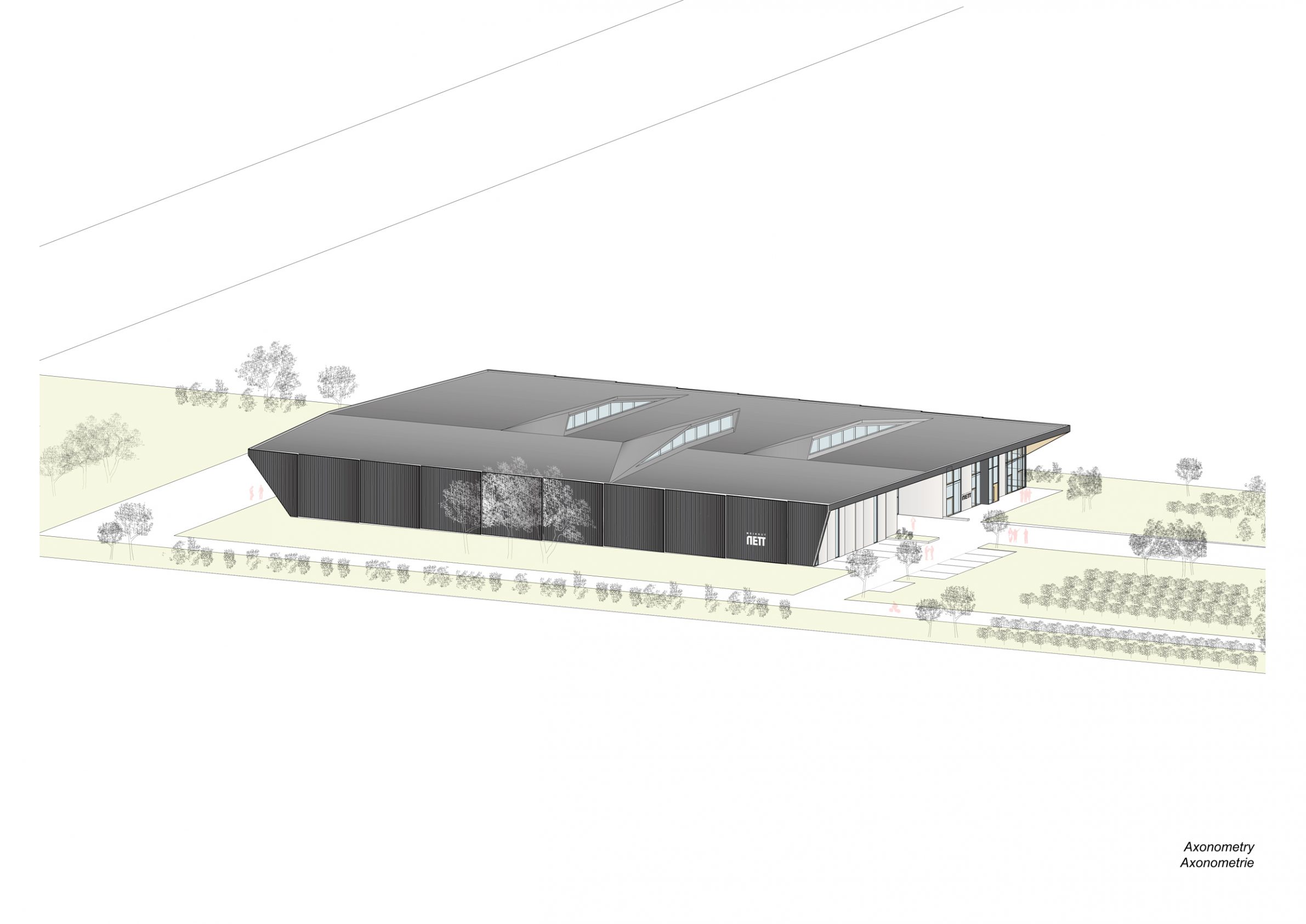
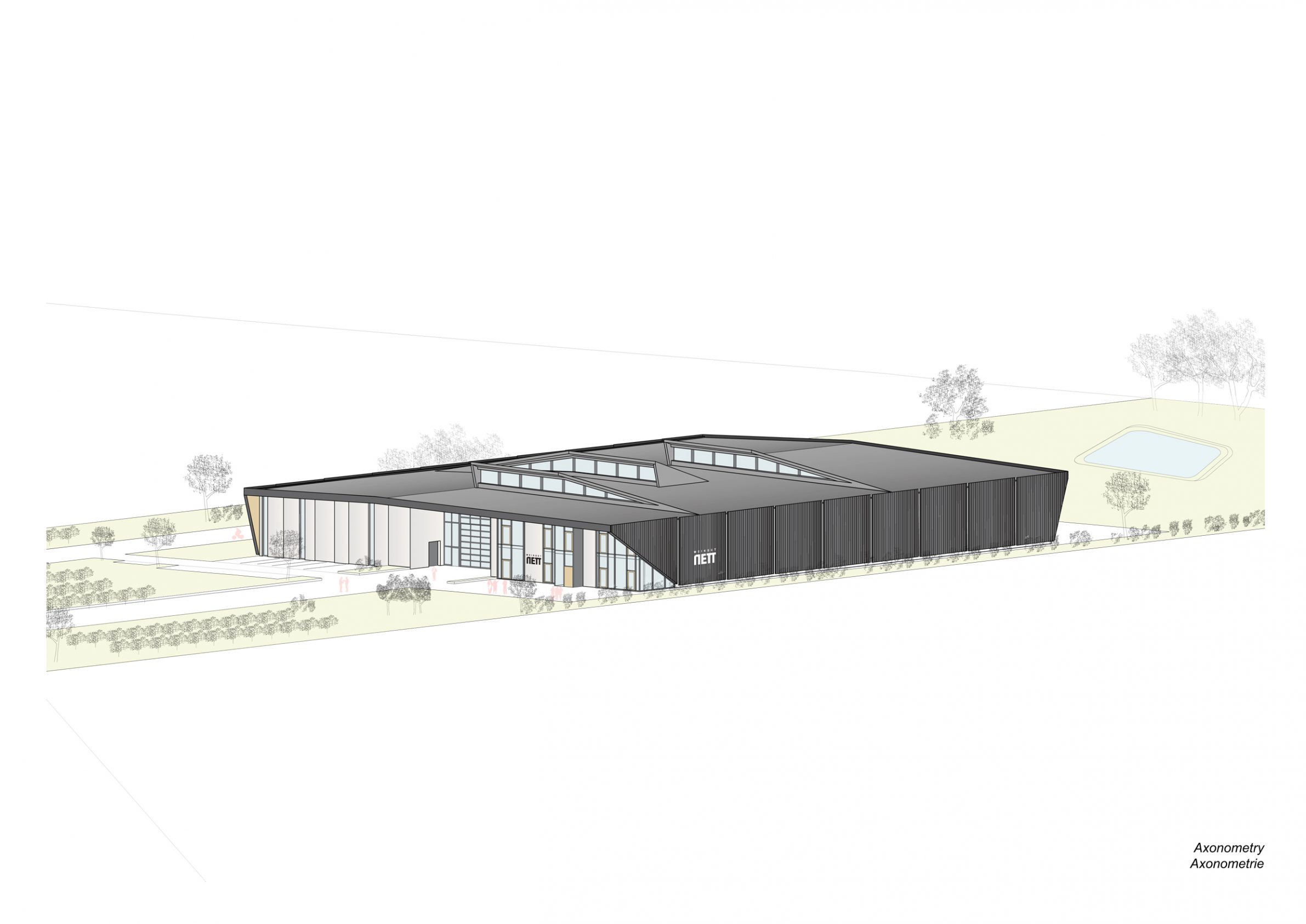
Credits
Authors
Architects Collective ZT GmbH
Photos
Wolfgang Thaler & Diego Perez


